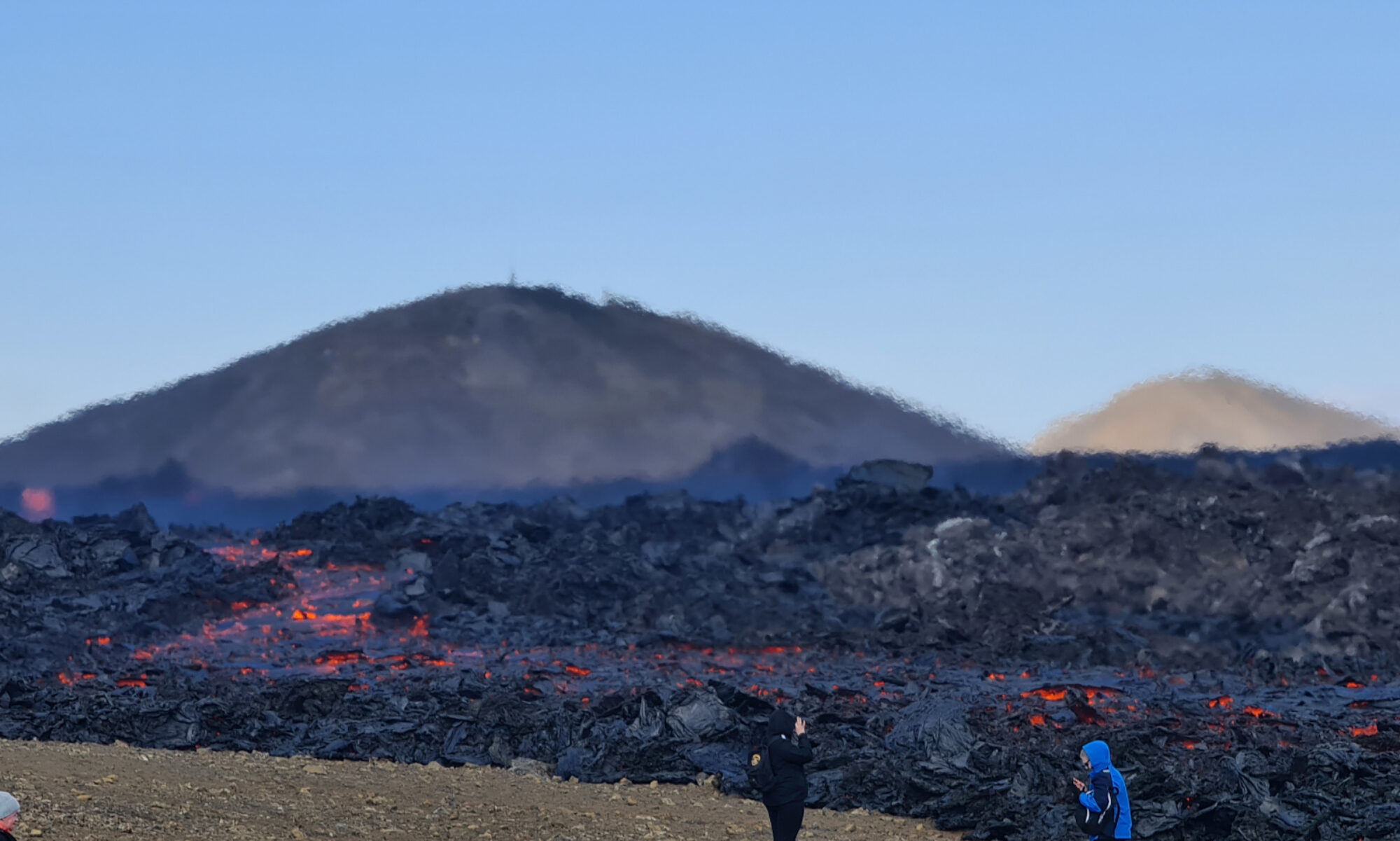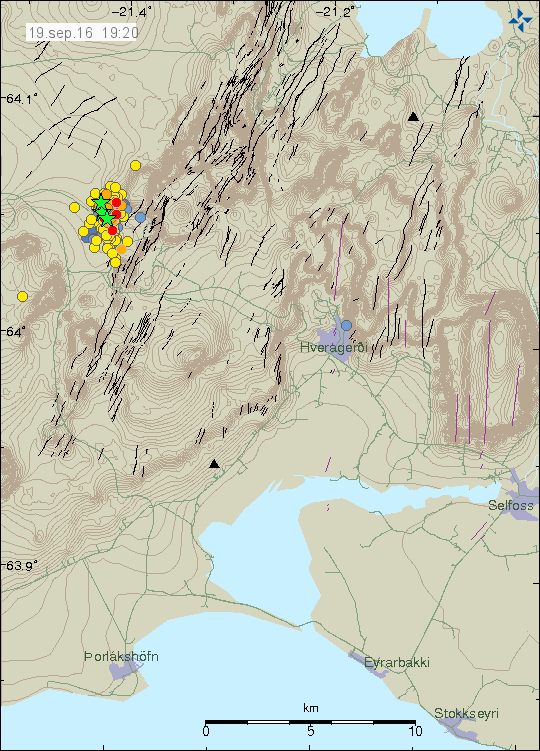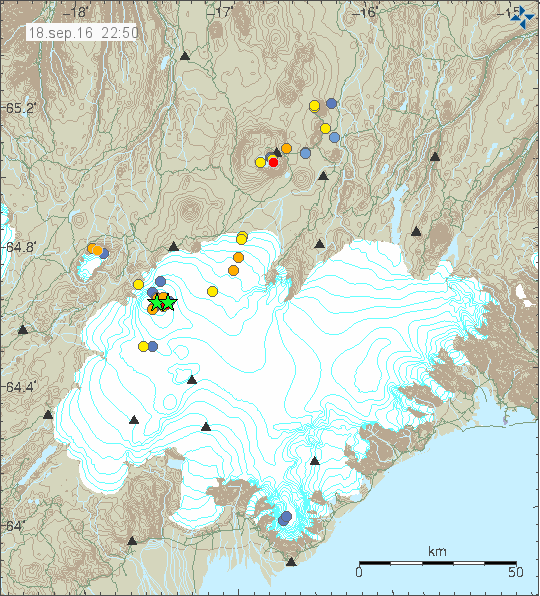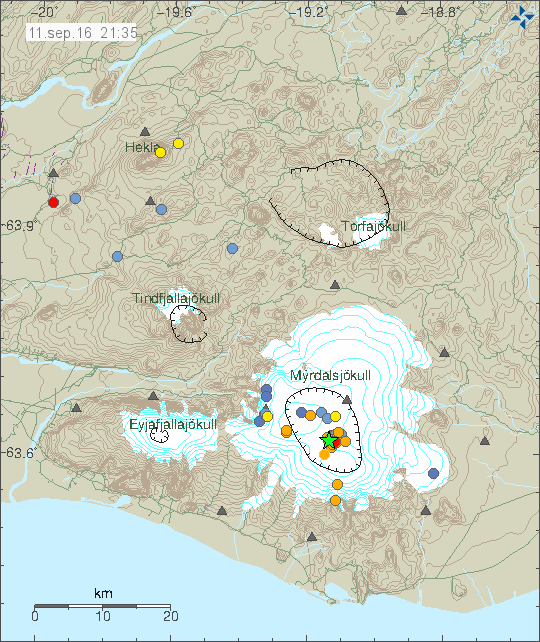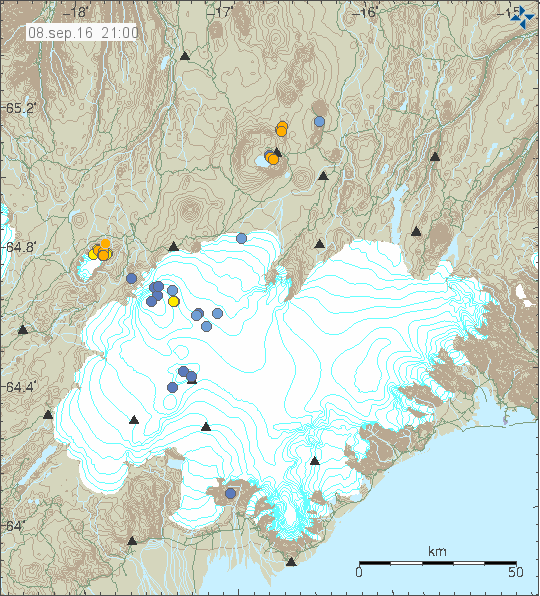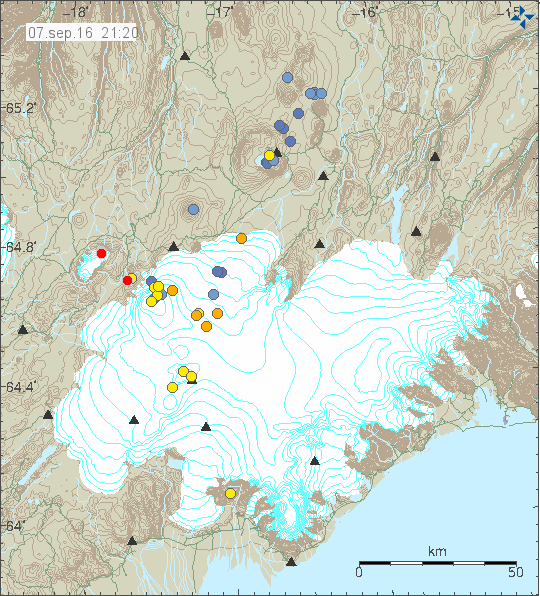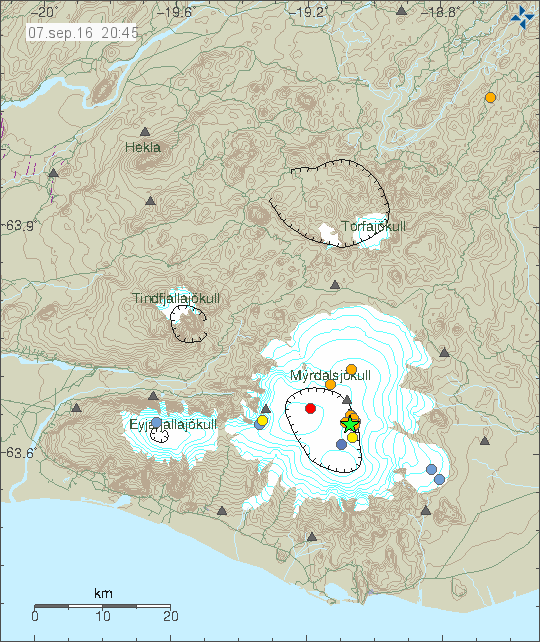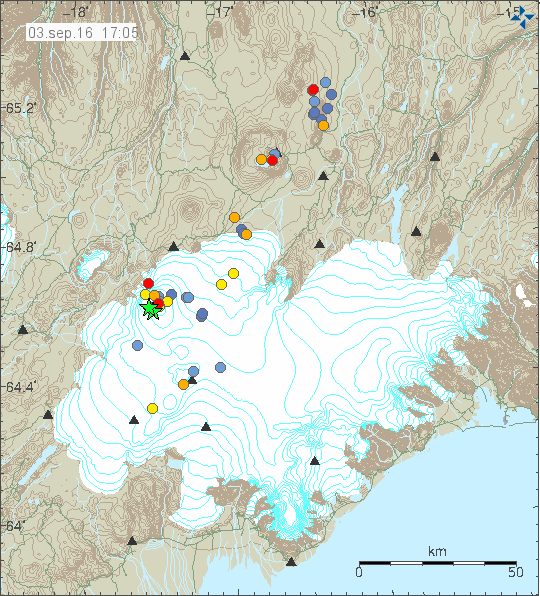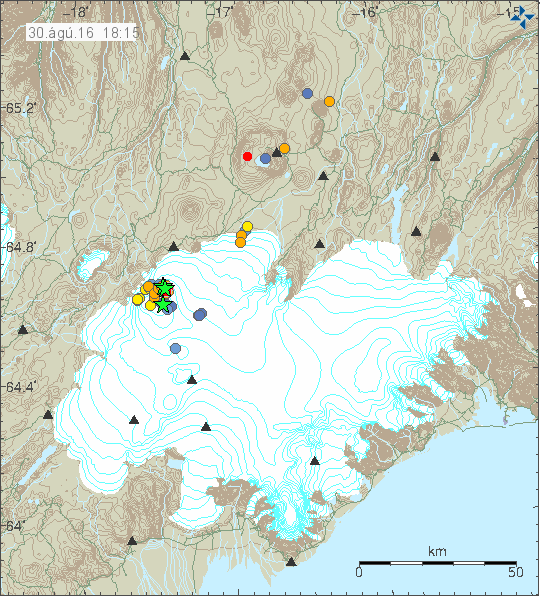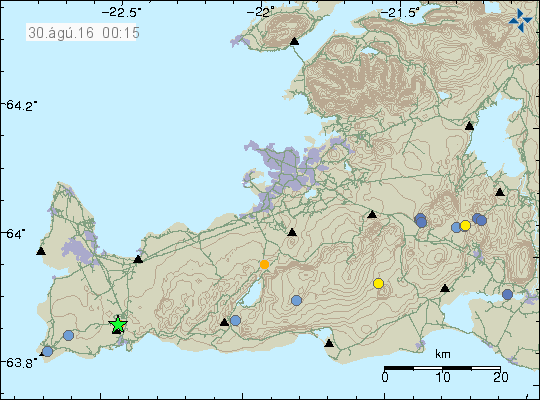Today (26-September-2016) an magnitude 3,9 earthquake took place in Katla volcano caldera. This earthquake had the unusual depth of 0,0 km (error margin is around +-200 meters or more). This was the largest earthquake in a earthquake swarm that started yesterday (25-September-2016). It has for the past 48 hours been slowly increasing in magnitude and size. Most of the earthquakes where smaller than 1,0 in magnitude. Few magnitude 2,0 (and larger) earthquakes took place today in Katla volcano. In total 30 earthquakes have so far taken place in Katla volcano during the past 48 hours.
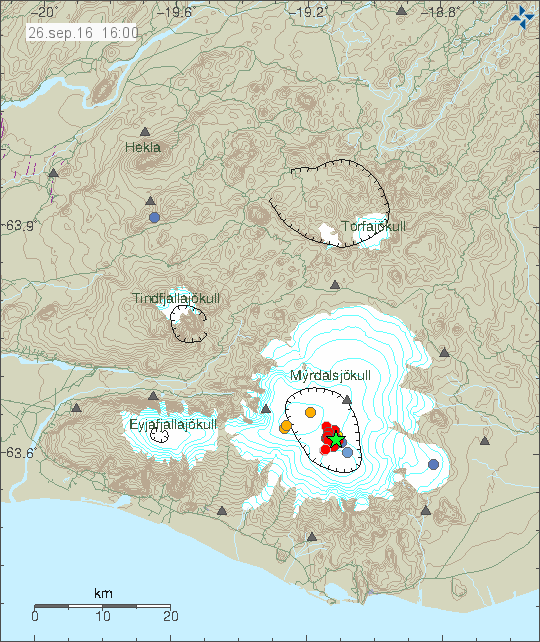
The earthquake activity in Katla volcano. Copyright of this image belongs to Icelandic Met Office.
This earthquake swarm and the largest earthquake happen slightly south of the area that had the magnitude 4,5 and 4,6 earthquake swarm almost a month ago (article can be found here). This same area was also active month ago, but only with minor earthquakes. What this pattern suggests is that possible two or more fissures might open up inside the caldera once it erupts. The east-west fissure might be up to 10 km long and south of it a fissure that is up to 5 km long might open up. This is only my view and only speculation, but I cannot ignore the fact that this earthquake swarm activity is lining up in interesting way and that highly suggests that a fissure or a rift process has started in Katla volcano. If it continues or stop is impossible to know.
During documented history (~1000 years) Katla volcano has had most eruption during the period of July until end of November. With few eruptions taking place in January and February. There are huge gaps in this information due to historical inaccuracy, lost information and so on. As before, there are no clear signs of eruption being imminent, but I got the feeling that its not long now, at least less than 10 years until an eruption in Katla volcano.
Article update at 22:11 UTC on 27-September-2016. Minor spelling fixes.
